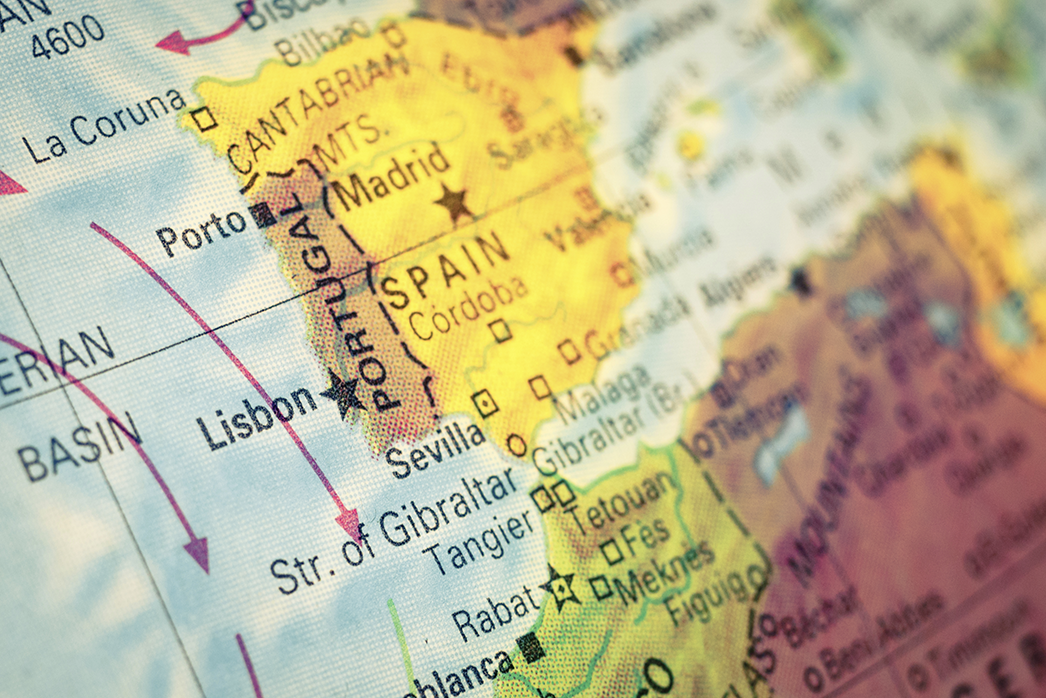SHARE
Consumers in Portugal

When your company enters a new country, the most important step you can take is to learn about that country’s culture, economy, and regulations. Rules of thumb for international operations and commissions can only get you so far. Take time to get to know individual markets. Today, let’s take a look at Portugal.
The World Federation of Direct Selling lists Portugal as having 206,400 distributors in 2016 with the equivalent of 238 million US dollars in sales. The Portuguese market has increased over the past 3 years. Alturas and Santos (2009) researched the consumers of direct sales products in Portugal. Although Portugal is a small market, the insights gained about consumers provides a window into the European market, which ranks third in the world—behind Asia (first) and the Americas (second).
We know from other research that direct sales consumers in the U.S. list convenience, ability to handle the product, and personal attention as advantages (Peterson, Albaum, & Ridgway, 1989). We also know that consumers of direct sales products and services tend to have higher education levels.
In the Portugal study, the researchers found that most (around 70%) would say that they definitely will purchase, most probably purchase, and probably will purchase in the next 12 months. They found that having experience in or with direct selling was the significant factor for why a person would plan to buy in the future. The number one reason for consumer satisfaction was the experience with the sales person.
The researchers go on to identify three types of direct selling consumers. The first group enjoy purchasing. They like being well informed on their purchases. The first group does not feel pressure to buy. Group one is the most likely to say they will purchase from direct sellers. Group two prefers to buy socially—in a group. Group two also state that they will purchase from direct sellers. Group three are those who shop less. They seem less pressured to purchase. Group three are the potential consumers who are less likely to purchase from direct sellers.
The researchers also looked at the three groups and product purchased. The most interesting part about who buys and what they buy was that group two is the highest in all product type categories. Shopping in groups seems to lead to more sales of product.
The last finding about the three groups was demographic information. One finding that was different from research in the U.S. was that of education level. Group two had a basic education. Group one had a high school education. Group three had a college degree.
The Portugal study provides a window into the European markets. Although it is a small market, the findings provide rich information on who purchases from direct sellers. The key elements appear to be experience with direct selling and the direct seller. Relationships continue to matter in this industry. In addition the type of consumers who purchase direct sales products and who predict they will purchase is slightly different from the U.S. Moving into a new market takes understanding. Some adaptation is needed and some of the same old relationship techniques are still required.
Alturas, B., & Santos, M. C. (2009). Direct Selling: Consumer Profile, Clusters and Satisfaction. In European Retail Research (pp. 47-68). Gabler Verlag.
Peterson, R. A., Albaum, G., & Ridgway, N. M. (1989). Consumers who buy from direct sales companies. Journal of Retailing, 65(2), 273.
you may also like
Essential Software Customizations for MLM, Direct Selling, and Affiliate E-commerce
Navigating the changing landscape of e-commerce, particularly within MLM, direct selling, and affiliate marketing channels, requires more…
How to Ensure Your Compensation Plan and Software Work Well Together
Peanut butter and jelly. Milk and cookies. Batman and Robin. Everybody knows these famous pairings work well…
Podcast 53: Advantages Using an Interim VP of Sales for Direct Selling Companies
Today we welcome a returning guest of this podcast: Jeff Jordan. Jeff has also written articles for…
compensation consulting for mlm companies
We offer data-driven compensation plan design & analysis
MLM.com Newsletter
Get our e-mail newsletter, with MLM.com articles & online exclusives, delivered to your inbox each week.



